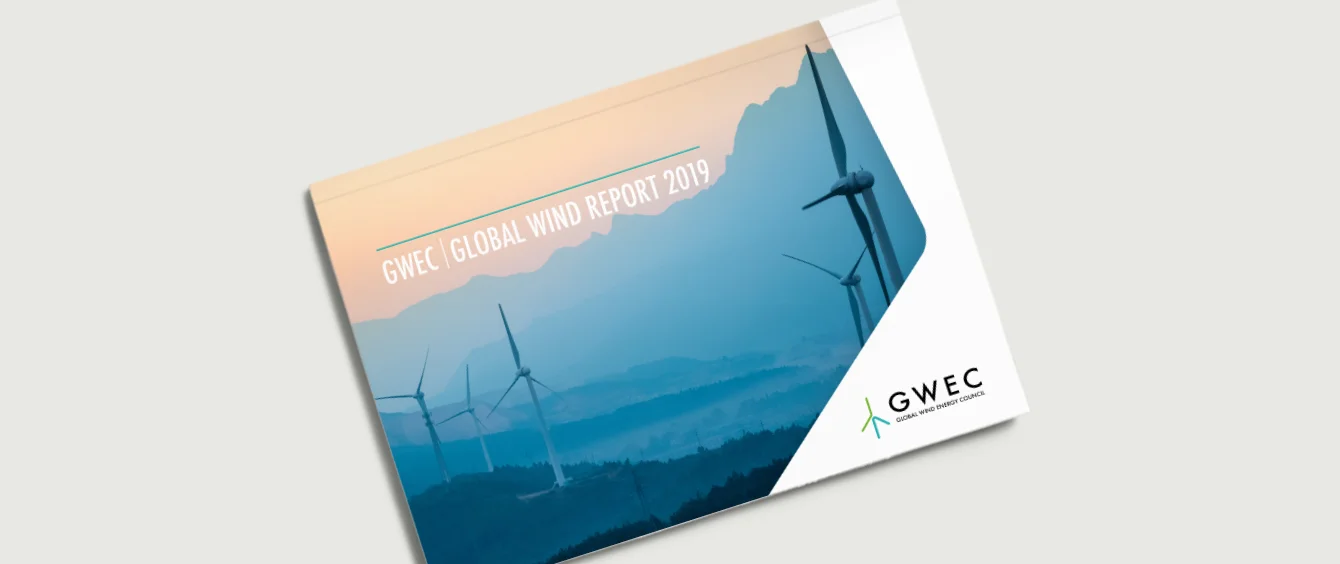Things have finally taken a turn for the better. After a three-year lull, wind power around the globe enjoyed considerable tailwind in 2019, propelling global expansion towards a 19 percent increase versus 2018. This according to the Global Wind Report published by the Global Wind Energy Council (GWEC), an international association of 1,500 manufacturers, project developers, suppliers, research institutes and industry associations. Welcome news given the veritable wind crisis of 2018 (new capacity: 50.7 gigawatts), which even fell shy of 2014’s abysmal figure (51.7 GW).
With an impressive total of 60.4 GW in wind capacity installed around the globe in 2019, last year proved to be the second-best year for wind historically. However, the figures still fell 5.3 percent short of 2015’s capacity expansion, so there is yet a long way to go before a new record is set. Another figure worth highlighting is 651 GW – the total amount of global wind capacity for last year, 90 percent of which was installed on solid ground.
Newly installed wind power capacities (onshore and offshore)
Figures in gigawatts (GW); Source: GWEC Market Intelligence, March 2020These results are built on various pillars of success. Although it is worth noting that both land and water-based capacities were expanded, offshore wind power did take a record-breaking stride forward, jumping 72 percent (or 6.1 GW) on the year. China retains pole position for new offshore capacity followed by the UK and Germany. With 2.3, 1.8 and 1.1 GW, respectively, the trio accounted for well over 80 percent of the market.
New Offshore Installations
Figures in percent; Source: GWEC Market Intelligence, March 2020Onshore wind also experienced notable growth, thanks to a 17 percent, or 54.2 GW, increase. China (23.8 GW) and the USA (9.1 GW) combined for the lion’s share, accounting for 60 percent of new installations. That being said, this growth was buoyed by runners-up India (2.4 GW), Sweden (1.6 GW) and Spain (2.3 GW). All told, the top five nations represented 72 percent of new onshore capacity.
New Onshore Installations
Figures in percent; Source: GWEC Market Intelligence, March 2020This positive performance overall masked shortcomings in certain countries (Brazil and Canada). In Europe, the disappointing turnout was largely attributable to Germany, where the wind market took a considerable hit. The various reasons for this poor performance need no explanation, but not all is lost. Since the beginning of 2020, onshore wind expansion in Germany has turned things up a notch. In the first quarter of this year, 107 new wind turbines were commissioned nationwide with a total capacity of 348 megawatts – around 2.5 times as much as in the same quarter last year.
Photo credit: Global Wind Energy Council
